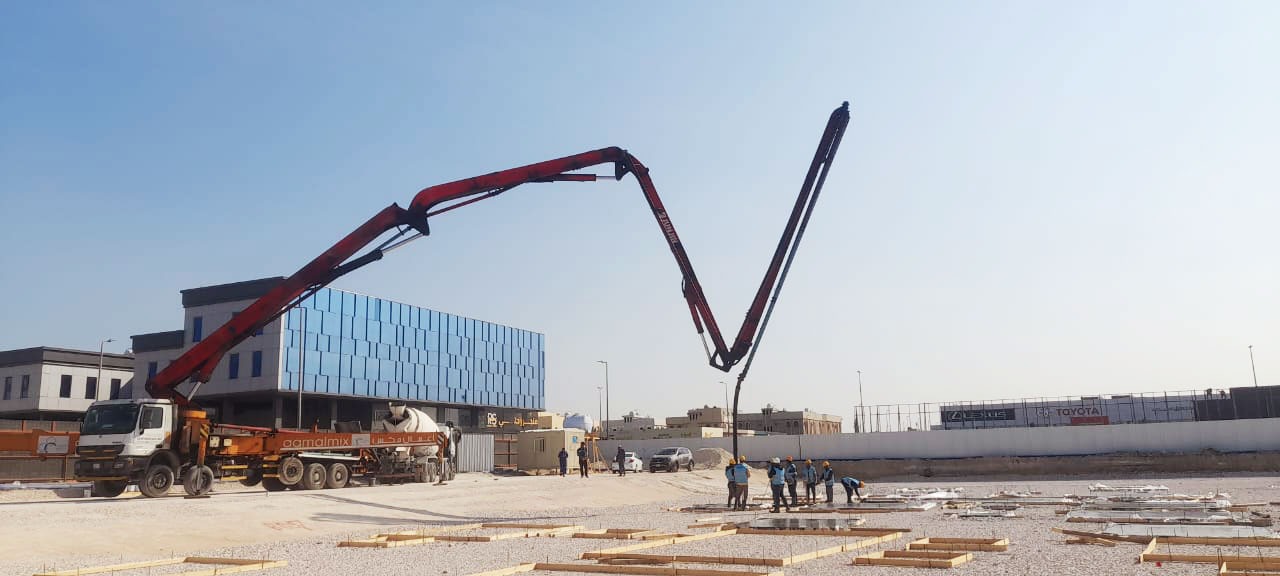
Commercial & Admin Building
Skilya commercial projects are a large part of the company’s workload, we have experience working in sensitive situations providing a service within occupied premises whilst minimizing disruption to the end occupants.
Commercial and Admin Buildings:
Commercial and admin buildings are essential components of urban infrastructure, serving as hubs for business operations, government functions, and community services. These structures not only facilitate economic activities but also reflect organizational culture and community identity. This article explores the characteristics, design considerations, sustainability practices, and future trends related to commercial and administrative buildings.
Types of Commercial and Admin Buildings
- Office Buildings: These are designed to accommodate businesses and organizations. Office buildings can range from small single-tenant structures to large skyscrapers housing multiple companies.
- Retail Spaces: Retail buildings encompass various establishments, including shopping malls, boutiques, and supermarkets. They are designed to attract customers and provide a pleasant shopping experience.
- Mixed-Use Development: These buildings combine residential, commercial, and sometimes industrial spaces. They promote a live-work-play environment, enhancing urban vibrancy.
- Government Buildings: Structures such as city halls, courthouses, and municipal offices serve public functions. Their design often reflects the values and identity of the community.
- Community Centers: These facilities provide space for social services, meetings, and recreational activities. They play a vital role in fostering community engagement.
Design Considerations
When designing commercial and administrative buildings, several key factors must be taken into account:
- Functionality: The layout should support the specific needs of the occupants, allowing for efficient workflows and collaboration. Open-plan designs are popular for fostering communication.
- Aesthetics: The architectural style should align with the brand identity of the organization and the surrounding environment. A well-designed façade can enhance curb appeal and attract clients.
- Safety and Security: Building codes and regulations must be adhered to, ensuring that structures are safe for occupants. Security features, such as surveillance systems and access controls, are also crucial.
- Accessibility: Ensuring that the building is accessible to all individuals, including those with disabilities, is a fundamental consideration in the design process.
Sustainability in Commercial and Administrative Buildings
Sustainable practices are increasingly important in the construction and operation of commercial and administrative buildings. Key strategies include:
- Energy Efficiency: Implementing energy-efficient lighting, HVAC systems, and insulation can significantly reduce energy consumption and operational costs.
- Renewable Energy: Many buildings are incorporating solar panels or wind turbines to generate clean energy and decrease reliance on fossil fuels.
- Water Conservation: Strategies such as low-flow fixtures and rainwater harvesting systems help to minimize water usage and promote sustainability.
- Sustainable Materials: Utilizing recycled or sustainably sourced materials in construction reduces environmental impact and promotes responsible building practices.
Future Trends
The future of commercial and administrative buildings is shaped by several emerging trends:
- Flexible Workspaces: With the rise of remote work and changing work dynamics, there is a growing demand for adaptable office spaces that can accommodate different working styles and team sizes.
- Smart Buildings: The integration of smart technologies, such as automated lighting, climate control, and security systems, enhances building efficiency and occupant comfort.
- Focus on Well-Being: Modern designs increasingly prioritize the health and well-being of occupants, incorporating natural light, green spaces, and wellness facilities.
- Sustainable Urban Development: As cities evolve, there is a push for developments that support sustainable growth, including mixed-use projects that reduce the need for transportation and promote community interaction.
Commercial and administrative buildings play a pivotal role in shaping economic and social landscapes. As we move forward, the integration of innovative design, sustainability, and technology will be essential in creating functional and inspiring spaces. By addressing challenges and embracing new trends, these buildings can enhance productivity, foster community engagement, and contribute to a more sustainable future.
Ready to Get Started? Contact Us Today!
Phone: +966 138 999 045
- Email: info@skilya.com
- Visit our website at skilya.com to learn more about our services and view our project portfolio.
Our Brochure






